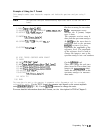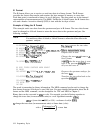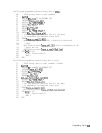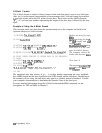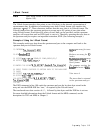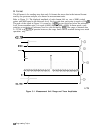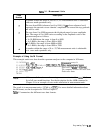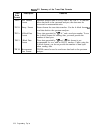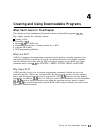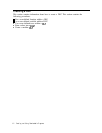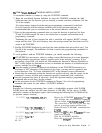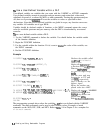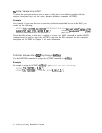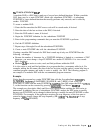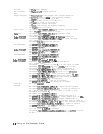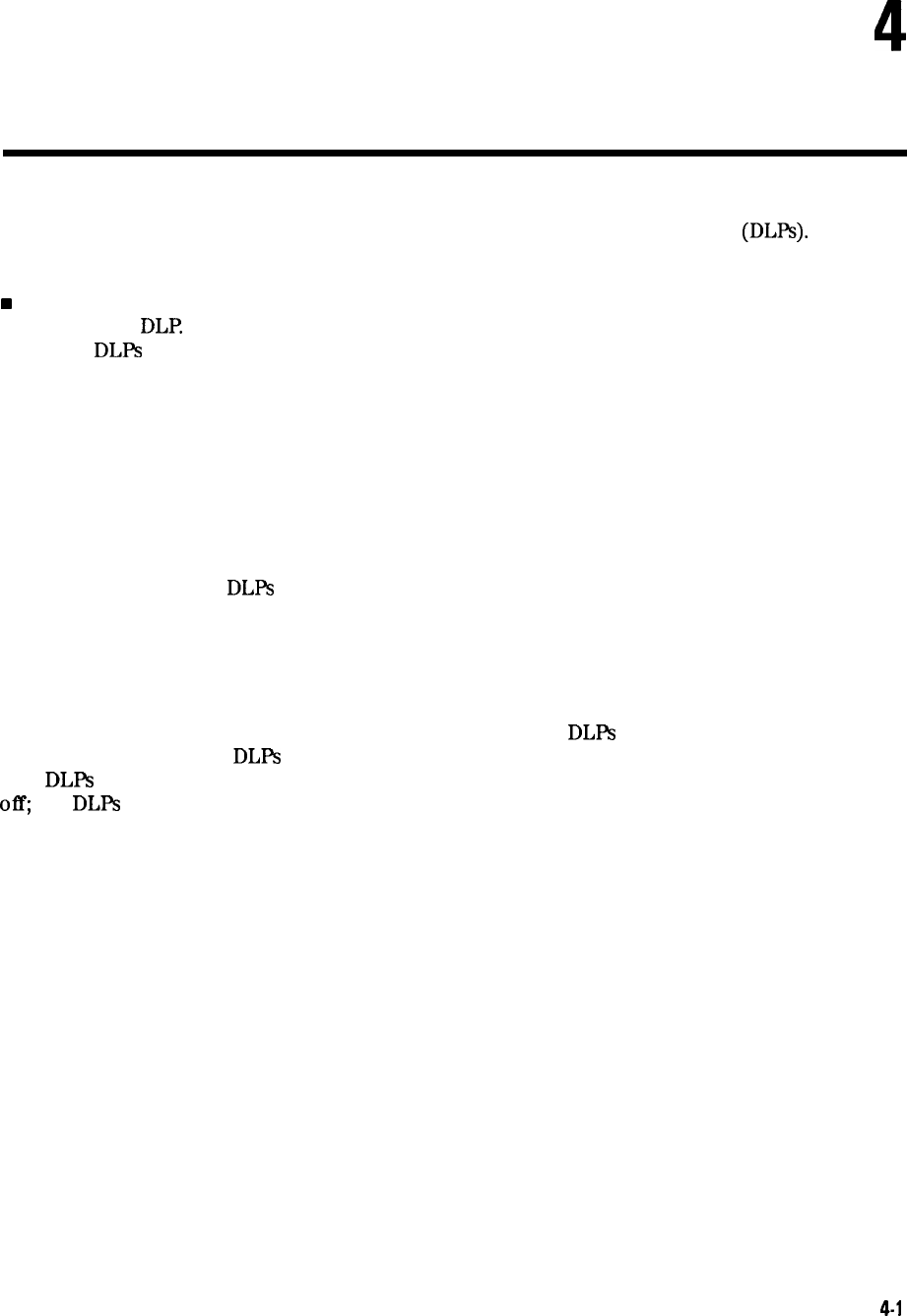
4
Creating and Using Downloadable Programs
What You’ll Learn in This Chapter
This chapter provides fundamental information about downloadable programs
(DLPs).
This chapter contains the following sections:
w
Creating a DLP.
n Executing a
DLP
n
Storing
DLPs
on a RAM card.
n
Determining the amount of memory needed for a DLP.
n
Using the DLP editor.
n
DLP programming guidelines.
What is a DLP?
A DLP is a sequence of programming commands used to perform a specific operation. You
can define a DLP that is made up of several user-defined functions, user-defined variables,
and user-defined traces, then store the DLP in analyzer memory or on a RAM card. Some
commands used to create
DLPs
are FUNCDEF, VARDEF, ACTDEF, TRDEF, and KEYDEF.
Why Use a DLP?
A DLP provides an easy way to execute programming commands without the use of an
external controller. Almost any instruction that the analyzer can execute over the interface
bus or with front-panel operation can be executed in a DLP
DLPs
can have decision making
capabilities. In addition,
DLPs
have the ability to control other instruments over the instrument
bus.
DLPs
remain in analyzer memory even when the spectrum analyzer power is turned
off;
the
DLPs
are stored in the battery-backed RAM of the analyzer memory and can be used
repeatedly, whenever needed.
Creating and Using Downloadable Programs
4-l



